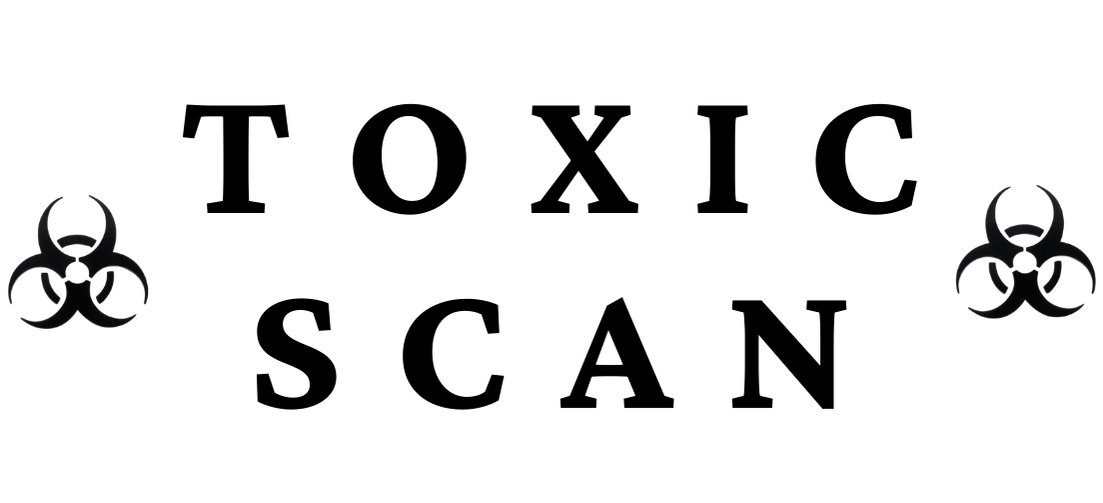E160b: Annatto
E160b: Annatto
What is E160b (Annatto)?
Annatto (E160b) is a natural food coloring derived from the seeds of the achiote tree (Bixa orellana), native to tropical regions of the Americas. This vibrant orange-red pigment has been used for centuries by indigenous peoples for food coloring, body paint, and traditional medicine. In modern food production, annatto is prized for its ability to impart colors ranging from yellow to deep orange-red, depending on concentration and application.
Source and Production
Annatto is obtained through the following process:
- Harvesting: Seeds are harvested from the spiny heart-shaped fruits of the achiote tree 2. Extraction: Several methods are used to extract the pigment:
- Oil extraction: Seeds soaked in vegetable oil to produce oil-soluble extracts
- Alkaline extraction: Seeds processed in alkaline solution followed by precipitation
- Solvent extraction: Various solvents used to isolate pigments 3. Processing: The extract is refined, standardized, and formulated for specific food applications 4. Quality control: Tested for purity, color strength, and microbial content
The primary pigments in annatto are bixin (oil-soluble) and norbixin (water-soluble), which are carotenoid compounds.
Common Uses in Food
E160b is widely used in a variety of food products, including:
- Cheese (especially cheddar, Red Leicester, and other orange cheeses)
- Butter and margarine
- Ice cream and other dairy desserts
- Baked goods and pastries
- Snack foods
- Breakfast cereals
- Smoked fish
- Sauces and condiments
- Rice dishes (such as Spanish rice and paella)
- Beverages
Health and Safety
Safety Assessment
Annatto has been evaluated by several regulatory bodies:
- The European Food Safety Authority (EFSA)
- The U.S. Food and Drug Administration (FDA)
- The Joint FAO/WHO Expert Committee on Food Additives (JECFA)
The Acceptable Daily Intake (ADI) for annatto extracts ranges from 0-12 mg/kg body weight, depending on the specific extract form, as established by JECFA.
Potential Health Benefits
Beyond its coloring properties, annatto may offer certain health benefits:
- Antioxidant activity: Contains carotenoids with antioxidant properties
- Antimicrobial properties: Traditional uses suggest some antimicrobial action
- Digestive aid: Used in traditional medicine for digestive issues
- Vitamin E content: Some preparations contain vitamin E compounds
Safety Considerations
While generally considered safe, some considerations include:
- Allergic reactions: Rare cases of allergic reactions have been reported
- Cross-reactivity: Possible cross-reactions in those allergic to certain plant foods
- Histamine sensitivity: May trigger symptoms in those with histamine intolerance
Regulatory Status
E160b (Annatto) is approved for use in most countries worldwide:
- European Union: Approved as E160b
- United States: FDA approved as a color additive exempt from certification
- Australia/New Zealand: Approved as food additive 160b
- Canada: Permitted as a food coloring
- Japan: Approved as a natural food color
Many countries classify annatto as a natural color, which may have less restrictive regulations compared to synthetic dyes.
Natural vs. Synthetic
Annatto is classified as a natural coloring agent:
- Natural origin: Derived directly from a plant source
- Minimal processing: Many forms involve relatively simple extraction processes
- Traditional use: Long history of use in traditional cooking and medicine
- Clean label: Meets consumer demand for natural ingredients
These characteristics make annatto particularly appealing for products marketed as natural, organic, or free from artificial additives.
Cultural and Historical Significance
Annatto has significant cultural importance:
- Indigenous use: Used by indigenous peoples of Central and South America for centuries
- Traditional cuisine: Essential in many traditional dishes from Latin America and the Caribbean
- Medicinal applications: Used in traditional medicine systems
- Textile dyeing: Historically used to color textiles and for body decoration
Alternatives to E160b
For those looking to avoid annatto, alternative natural colorings include:
- Paprika extract (E160c)
- Beta-carotene (E160a)
- Turmeric/curcumin (E100)
- Carrot extract
- Saffron (E164)
Consumer Awareness
Consumers may find annatto on labels under various names:
- E160b
- Annatto
- Annatto extract
- Bixin or norbixin
- Natural orange color
- Achiote
- CI Natural Orange 4
Conclusion
E160b (Annatto) is a natural food coloring with an excellent safety profile, as reflected by its low toxicity rating of 1. Its long history of traditional use, combined with modern safety assessments, makes it one of the preferred natural coloring options in the food industry. While rare allergic reactions are possible, the vast majority of consumers can enjoy foods containing annatto without concern. Its status as a plant-derived coloring aligns well with growing consumer preferences for natural food ingredients.
